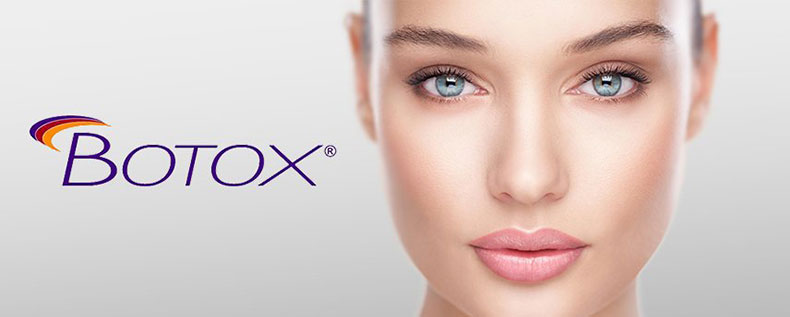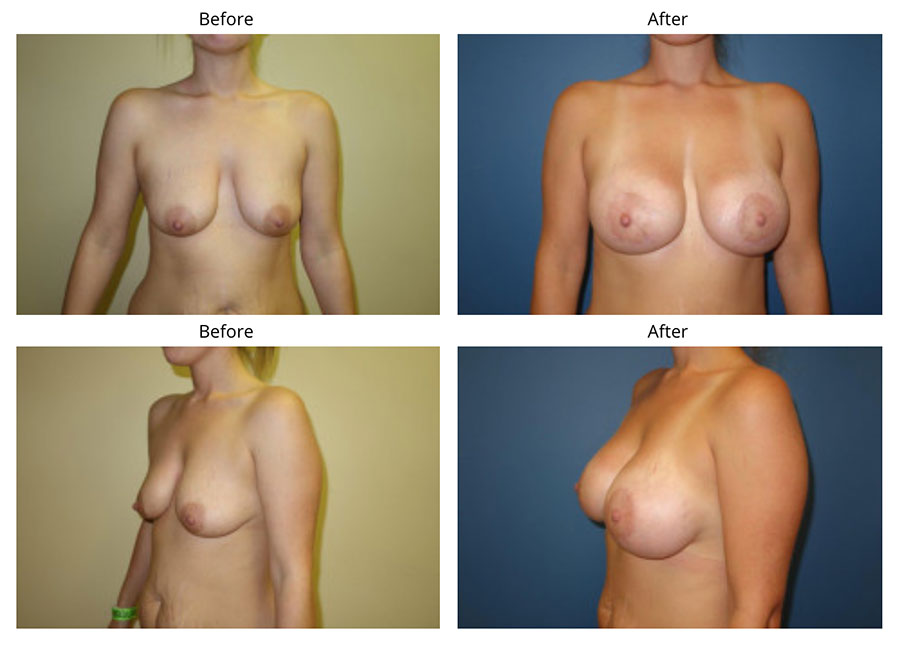Cosmetic plastic surgery has never been more popular. According to the American Society of Plastic Surgeons, 7.7 million cosmetic procedures were performed in 2017. That’s a two-percent jump over 2016, when there was an increase in both surgical and minimally-invasive procedures in every age group.
That trend largely continued in 2017. What that indicates is that while 40- to 54-year-olds still account for the great majority of cosmetic procedures at 49 percent of the total, more and more people are having plastic surgery done at younger ages.
What, then, is the “right age” for cosmetic plastic surgery? That’s a question that can and should only be answered on an individual basis because it’s a deeply personal decision. But as the stigma that was once attached to plastic surgery continues to fall away, I think what we’re seeing is it becoming a viable option to more people.
And as the American Society of Plastic Surgeons’ annual report shows, there are a multitude of reasons that people of all ages are seeking it out. Here’s a quick overview of the most popular cosmetic procedures by age group.

13- to 19-year-olds
Keep in mind, this group still represents the smallest segment of the cosmetic plastic surgery market at about one percent of the total number of procedures performed in 2017, or 229,000 procedures.
Rhinoplasty, or nose-reshaping surgery, has long been, and continues to be, the most popular surgical procedure among teens for a distinct reason: The structure and shape of the nose is fully formed by puberty. Generally, they’re encouraged to hold off on other cosmetic procedures because the rest of their bodies are still developing, though more than twice as many laser hair removal procedures were performed in 2017 than nose-reshaping surgeries.
20 to 29
Close to 86,000 20- to 29-year-olds opted for breast augmentation, which remains the most popular type of surgical procedure overall, with over 300,000 procedures performed in 2017, a three percent increase over 2016. Again, though, including minimally-invasive procedures—which we should because they accounted for 90 percent of all cosmetic plastic surgery in 2017—laser hair removal wins by a landslide, at close to 233,000 procedures.
30 to 39
Surgically, breast augmentation was the most popular and liposuction was a distant runner-up. Including minimally-invasive procedures, injection treatments, such as Botox, were the clear favorite, with more than 1.3 million procedures performed in 2017, a two-percent increase over the previous year.
40 to 54
So what’s the most avid segment of the cosmetic plastic surgery market having done? The top five surgical procedures, from most popular to least, were: liposuction, eyelid surgery, breast augmentation, tummy tuck, and nose reshaping. On the minimally-invasive side, more than 4.1 million injection procedures (Botox) and 1.25 million soft-tissue fillers, such as Juvederm, were performed.
55 and over
The 55-and-over segment was only marginally less enthusiastic about injection procedures (about 1.7 million) and soft-tissue fillers (nearly 930,000). Though it was even more game for a chemical peel (almost 593,000). Eyelid surgery was the most common surgical procedure, followed close behind by facelifts.
Behind the numbers
These results follow some universal concerns about our appearance as we get older. Cosmetic plastic surgery was long perceived as a superficial pursuit of youth. But these numbers and my daily interactions with patients describe a different story. For the most part, these procedures are helping people across every age group align their appearance with the person inside, whether it’s a self-conscious teen, a new mother, or a retiree who feels 20 years younger than her age.
So there’s no “right age” for cosmetic plastic surgery. It’s the will that matters most.

